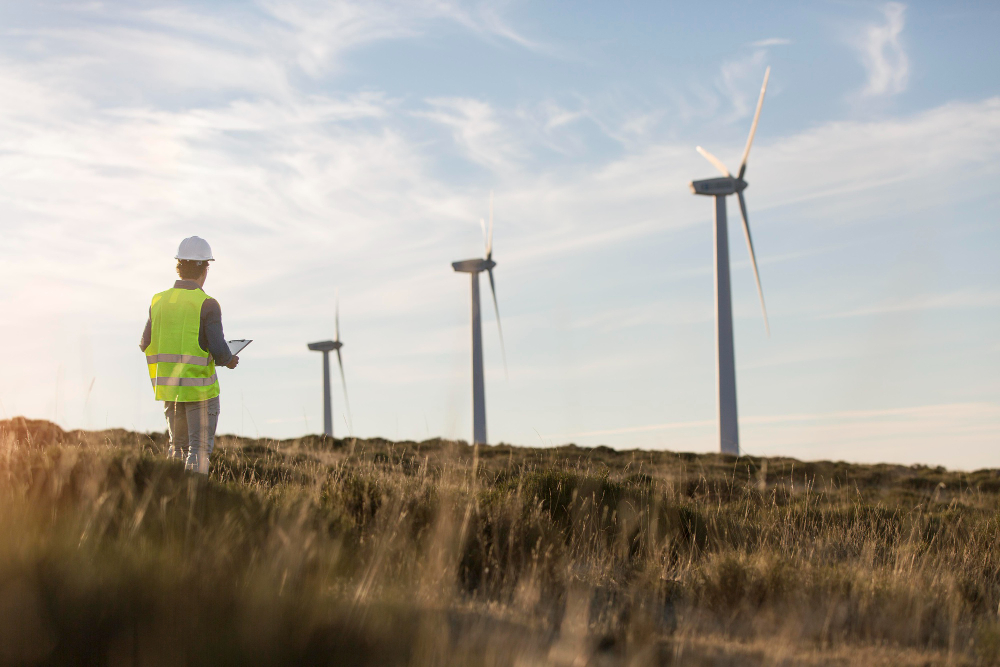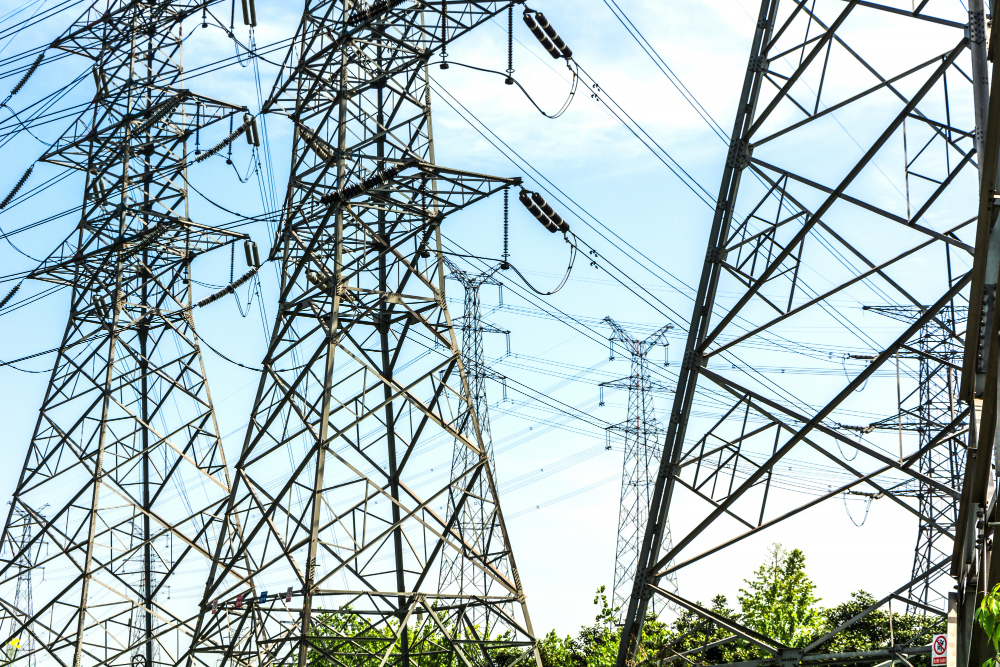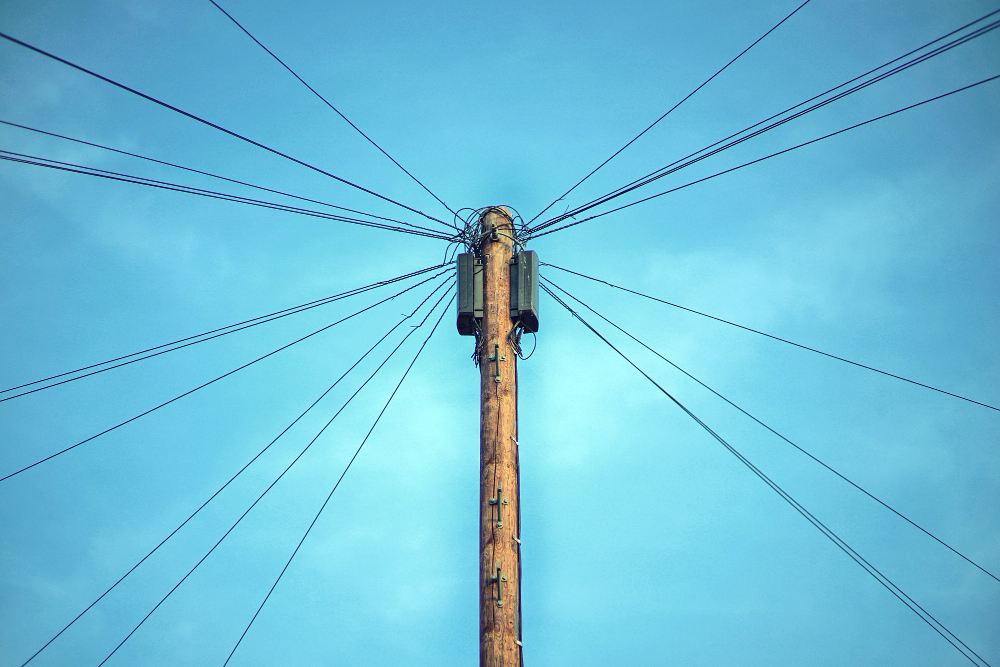Introduction: The Utility Industry is Changing – Are You Ready?
The utility landscape is evolving faster than ever. New government regulations, rising energy costs, and the push for sustainability are reshaping how developers connect gas, water, and electricity to new developments.
For property developers and construction firms, these changes present both challenges and opportunities. Those who fail to adapt risk higher costs, project delays, and compliance issues—while those who embrace smarter utility solutions will stay ahead of the curve.
In this guide, we’ll explore:
✅ The biggest industry changes affecting utility connections in 2025
✅ Why traditional utility models are no longer sustainable
✅ How smart utility consultancy and project management can future-proof your developments
Key Trends Shaping Utility Connections in 2025
The days of “business as usual” in utility connections are over. Developers now face growing regulatory pressures, sustainability targets, and evolving energy demands. Here’s what’s changing:
📌 1. Stricter Regulations on Utility Installations
- Government policies are making compliance with energy efficiency standards mandatory.
- Developers must integrate sustainable utility solutions (e.g., heat pumps, EV charging infrastructure) to meet regulations.
- Delays in approvals and compliance checks will become more common without proactive planning.
📌 2. The Decline of Fossil Fuel Infrastructure
- The UK government has committed to phasing out gas boilers by 2035.
- More developments will require alternative heating solutions (e.g., air source heat pumps, district heating systems).
- Gas grid connections are becoming more expensive—making early planning essential.
📌 3. Increasing Demand for Renewable Energy Solutions
- Developers must consider solar, battery storage, and EV charging stations as part of long-term planning.
- Smart grid integration is on the rise, allowing developments to store and manage renewable energy more efficiently.
- Developers who fail to incorporate sustainable energy solutions could face higher costs and lower property values.
📌 4. Utility Costs are Rising – But Can Be Controlled
- Energy prices continue to fluctuate, impacting operational costs for new developments.
- Developers who optimise their utility infrastructure early can reduce long-term costs and improve efficiency.
- Bulk utility procurement and smarter project management can help developers control costs before they spiral out of hand.
🚨 The message is clear: Developers who don’t adapt now could face higher costs, compliance issues, and project delays in the near future.
Why the Traditional Utility Model is No Longer Sustainable
For years, developers have relied on outdated utility models—but in today’s market, those models are costly, inefficient, and unsustainable.
Here’s why the old way of doing things no longer works:
❌ Per-Plot Pricing Increases Costs – Paying per plot leads to overpriced utility connections with little flexibility.
❌ Delays Are Common – Network providers operate on strict lead times, but without proactive coordination, developers often experience costly hold-ups.
❌ Lack of Strategic Planning Leads to Inefficiencies – Without early planning, developers end up redesigning infrastructure mid-project, increasing costs and causing delays.
🚀 The solution? A smarter, consultancy-driven approach to utility management.
A Smarter Approach: Utility Consultancy & Project Management
At Utility Smart Solutions, we provide a better way for developers to manage new utility connections, sustainability planning, and cost control.
Instead of relying on outdated utility processes, we offer:
✅ End-to-End Utility Project Management – We handle everything from feasibility assessments to final installations, ensuring a smooth process with no delays.
✅ No Per-Plot Pricing Markups – Our retainer-based model means you only pay for expert project management and consultancy—not unnecessary markups.
✅ Seamless Integration of Renewable Energy – We help developers future-proof their projects with eco-friendly heating, smart metering, and green energy solutions.
✅ Proactive Compliance & Regulation Support – We ensure your developments meet the latest government energy policies, avoiding costly fines and redesigns.
🚀 The result? Lower costs, fewer delays, and a future-proofed development.
How Developers Can Future-Proof Utility Connections in 2025
📌 Step 1: Start Planning Utilities Early
The earlier you plan utility connections, the easier it is to avoid delays and reduce costs. Developers should engage utility consultants during the feasibility phase.
📌 Step 2: Prioritize Energy-Efficient Infrastructure
New developments should incorporate heat pumps, EV charging stations, and battery storage as part of their long-term sustainability strategy.
📌 Step 3: Work With an Expert Utility Partner
Instead of managing multiple utility providers separately, developers should work with a consultancy that can coordinate the entire process—from planning to installation.
📌 Step 4: Control Costs Through Smarter Procurement
Rather than accepting standard utility tariffs, developers should use expert consultants to source the best rates and contracts.
Conclusion: The Future of Utility Connections is Smarter, Faster, and More Sustainable
Developers who ignore industry changes will face higher costs, increased delays, and compliance issues. However, those who embrace smarter utility planning will benefit from:
✔ Lower infrastructure costs
✔ Faster and more efficient utility connections
✔ Better energy efficiency and sustainability compliance
✔ Future-proofed developments that attract investors and buyers
💡 Want to stay ahead of the curve?
📞 Book a free consultation today and let’s discuss how we can future-proof your developments with smarter, faster utility solutions.
🔹 Lower costs.
🔹 Seamless project management.
🔹 Utility solutions built for the future.


